The 1950s were a transformative decade for the automotive industry. With post-war prosperity, innovative designs, and unparalleled creativity, the best 1950 American cars continue to capture the hearts of car enthusiasts today. This guide dives into the most iconic vehicles of the era, highlighting what makes them special, their unique features, and why they remain so beloved.
Introduction
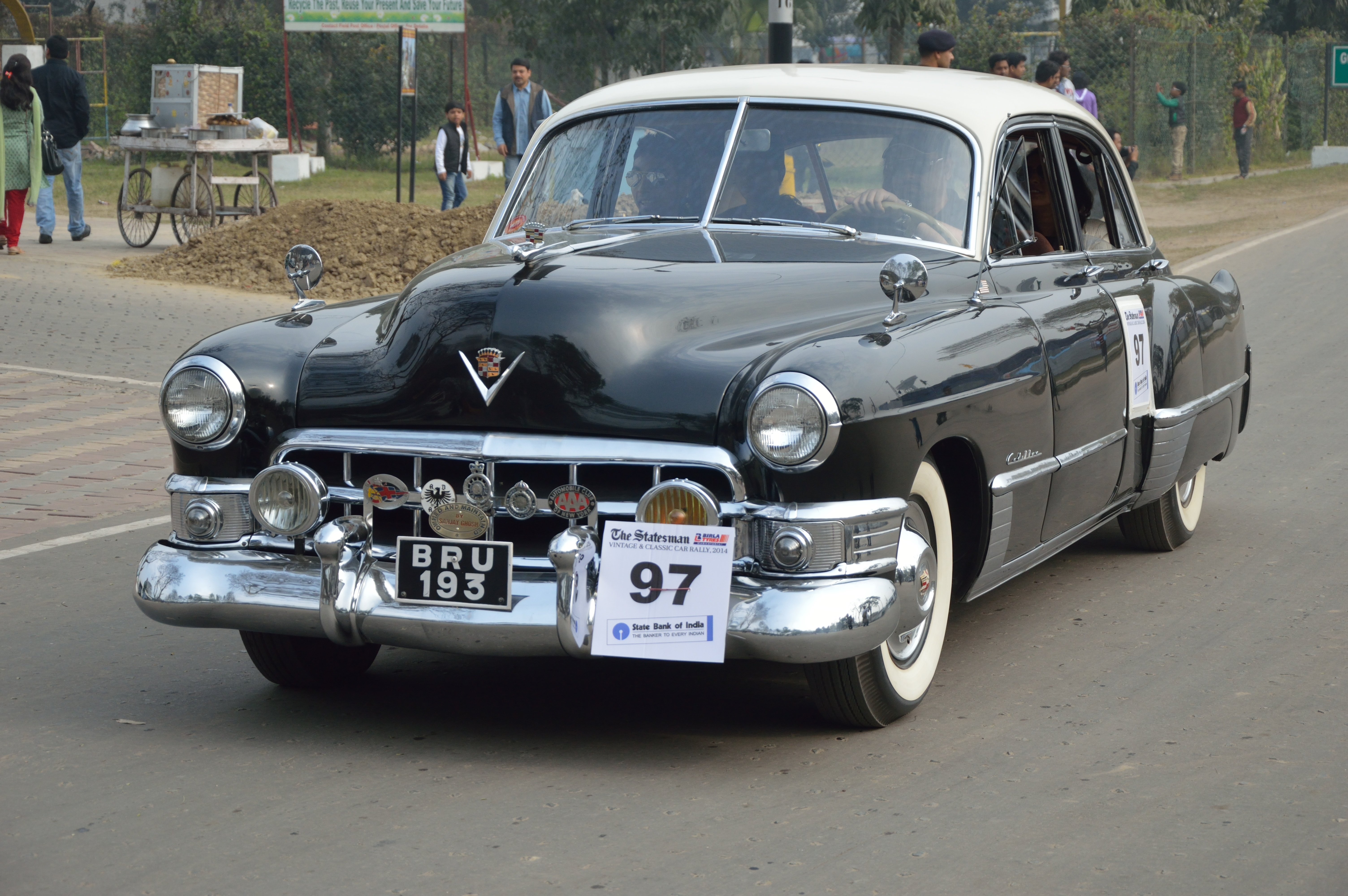
The 1950s were a watershed moment for the American automotive scene, driven by post-war optimism and a burgeoning consumer market eager for new experiences. Cars became more than just a means of transportation; they turned into symbols of freedom, style, and aspiration. The decade was marked by a wave of innovation—from the introduction of tail fins to bold, vibrant colors—and manufacturers raced to capture the hearts of drivers with designs that were as thrilling as they were functional.
In this article, we’ll take a closer look at some of the most iconic American cars from 1950, each representing a snapshot of the era’s creativity and ambition. Whether you're a seasoned collector or a casual admirer, these vehicles still evoke a sense of nostalgia and excitement. Buckle up as we explore the stories behind these classics, uncovering what makes them enduring treasures in the automotive landscape.
The Era of Innovation: 1950s Cars
The 1950s marked a pivotal time for American automobiles, driven by an economic boom that followed World War II. This period was characterized by a surge in consumer spending, allowing families to invest more in their vehicles. Cars became symbols of status and freedom, reflecting the optimism of the time. With a wealth of resources and a growing middle class, automakers were sparked into a frenzy of innovation, not just in terms of engineering but also in design and marketing.
Culturally, the 1950s embraced a spirit of experimentation, with many car manufacturers pushing boundaries in aesthetics and features. This was the golden age of tail fins, chrome details, and vibrant colors—design elements borrowed from the nascent jet age, which captured the public’s imagination. Cars were no longer just practical vehicles; they became artistic expressions of the American dream. Companies knew that buyers weren’t just looking for functionality; they wanted style, status, and a hint of thrill.
The decade also witnessed significant technological advancements. Innovations like automatic transmissions and power steering made driving easier and more enjoyable. The introduction of V8 engines provided a powerful, performance-oriented experience that many consumers craved. Safety features began to emerge too, with improved structural designs and technologies that aimed to protect passengers.
Moreover, the rise of television as a mainstream medium played a crucial role in shaping consumer preferences. Advertisements tailored for the small screen brought car models into the homes of millions, creating a cultural phenomenon around the latest releases. Manufacturers leveraged this exposure not just to sell cars, but to sell a lifestyle—one that was fast, fun, and free.
Ultimately, the 1950s transformed the automotive landscape, producing vehicles that were impressive on the road and in the showrooms, all while embodying the zeitgeist of an America ready to embrace the future. These cars weren’t just modes of transportation; they were an undeniable part of the fabric of American society, paving the way for generations to come.
The Classic Contenders: Top 1950 American Cars
The 1950s were marked by an explosion of creativity and technical advancements in the automotive world. Here's a closer look at the standout models that not only defined the era but also left an indelible mark on American car culture.
1. Chevrolet Bel Air

The Chevrolet Bel Air epitomizes 1950s Americana. Launched in 1950, this model rapidly gained popularity for its stylish design, featuring iconic tail fins and bold two-tone paint options. It wasn’t just about looks; the Bel Air offered a range of engine choices, from the practical straight-six to the more powerful V8. This blend of style and performance made it a darling of the masses, turning it into a symbol of the post-war prosperity that characterized the decade.
2. Ford Thunderbird
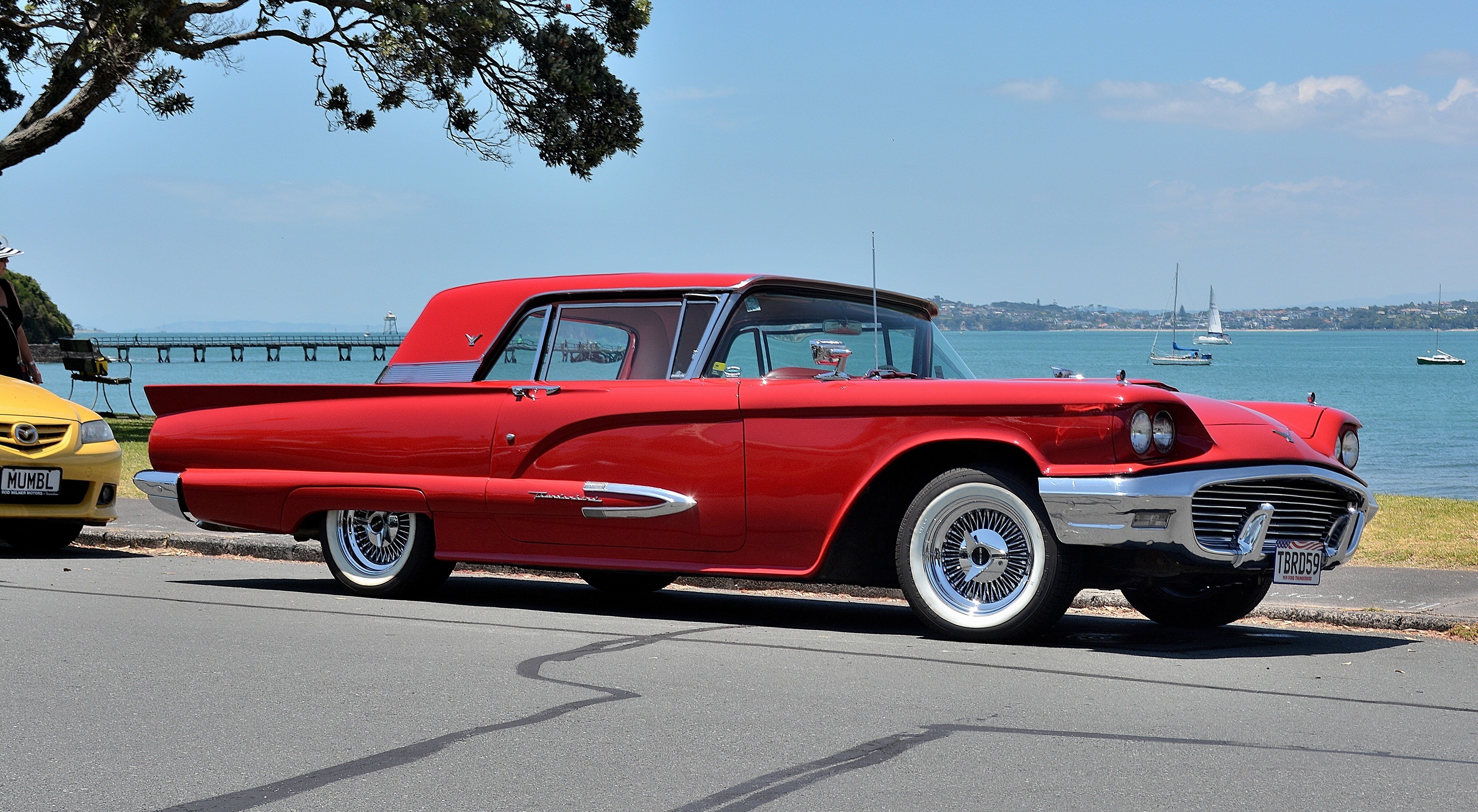
When Ford introduced the Thunderbird in 1955, it redefined the personal luxury car segment. With its sleek lines and elegant silhouette, it was a car meant for cruising in style. The T-Bird came packed with features like power windows and an array of engine options, giving it an edge over competitors. Instantly a classic, it became a cultural milestone, solidifying Ford’s place in the luxury market.
3. Dodge Royal
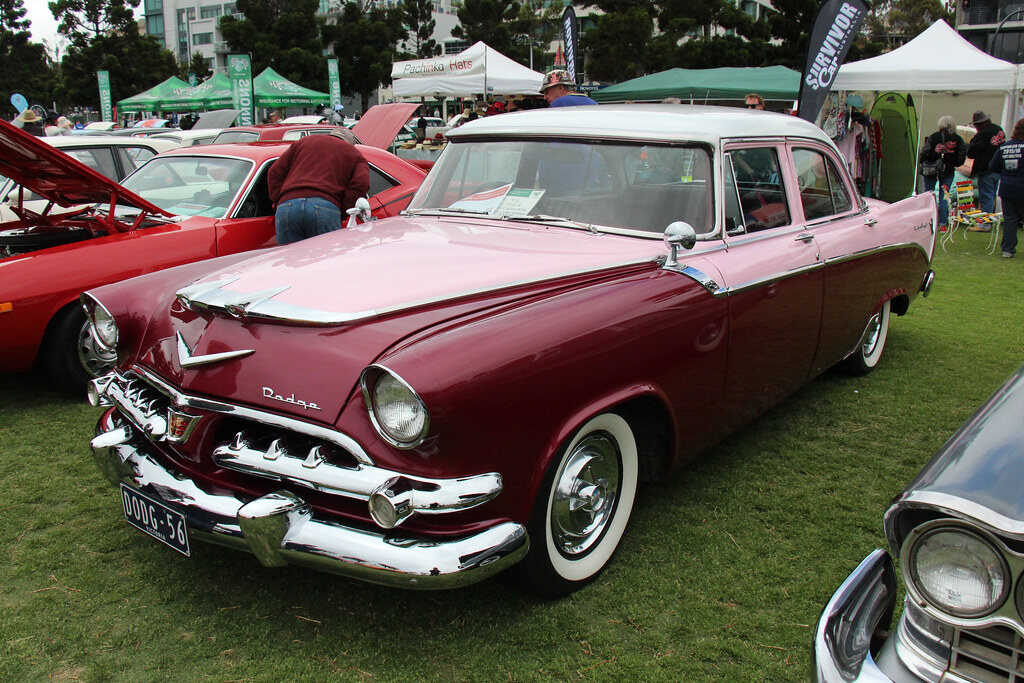
The Dodge Royal showcased a unique fusion of performance and style, making it a standout in the competitive automotive landscape. Its bold, aerodynamic design and impressive technical features—like the famous Hemi engine—set it apart from its contemporaries. The Royal's blend of comfort and power made it a trendsetter, influencing many future designs and prompting a renewed interest in innovative engineering.
4. Cadillac Eldorado

There’s luxury, and then there’s Cadillac. The Eldorado, introduced in 1953, represented the pinnacle of opulence. With its eye-catching fins and sumptuous interiors, it wasn’t just a car; it was a statement. The Eldorado also pioneered tech enhancements like the variable pitch Hydra-Matic transmission, which made driving smoother and more responsive. It became synonymous with high society and is still revered for its design and technological contributions.
5. Buick Roadmaster
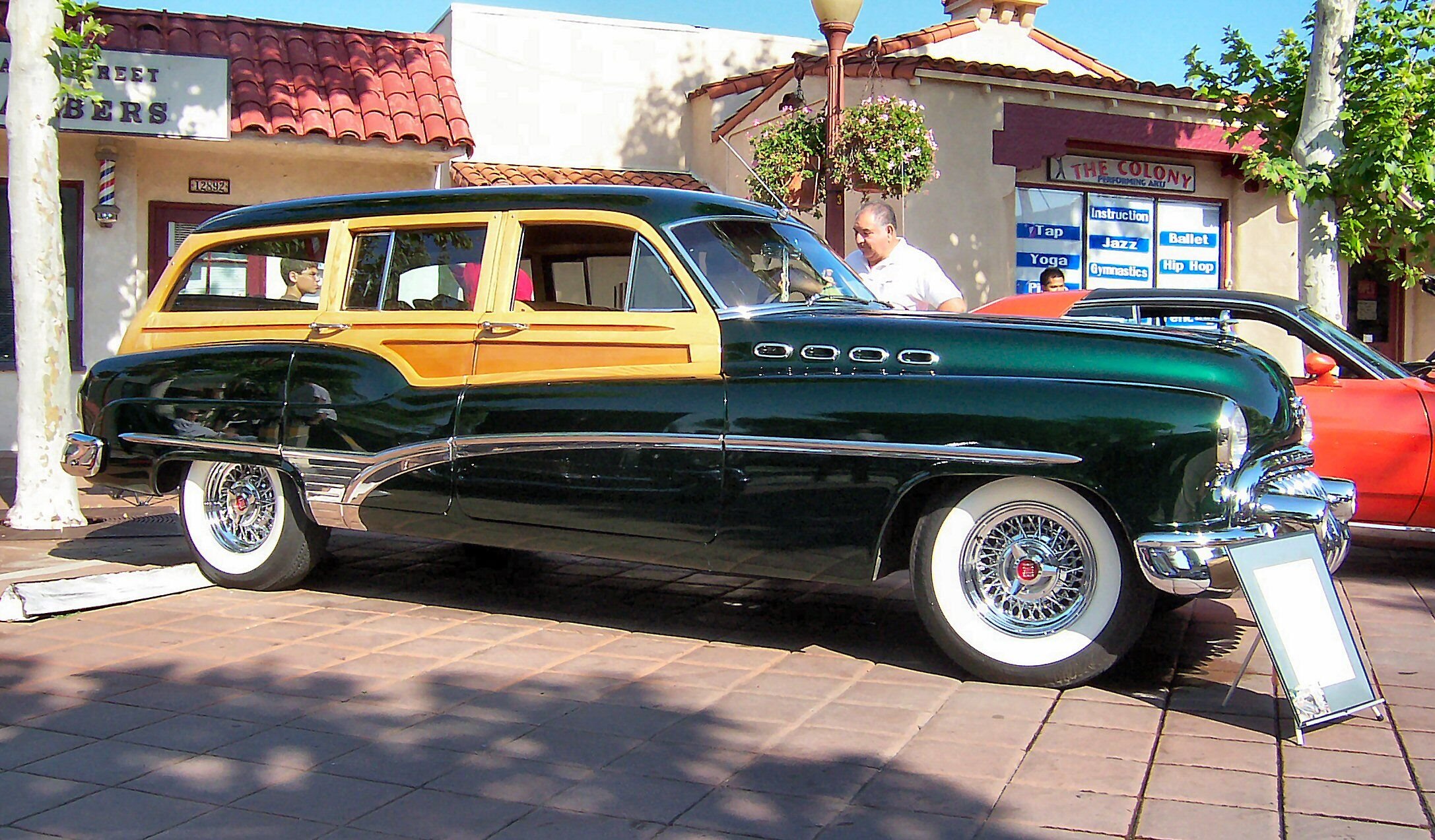
The Buick Roadmaster was all about comfort and power. With a spacious interior loaded with high-end amenities and a robust engine, it captured the essence of mid-century luxury. Its road-hugging stance and distinctive porthole design not only made it aesthetically pleasing but also provided an unmatched driving experience. The Roadmaster's reputation for dependability and prestige solidified its place as a top contender in the luxury segment.
6. Pontiac Chieftain

The Pontiac Chieftain might not have reached the same commercial heights as some of its counterparts, but its muscular design and performance characteristics made it popular among those desiring sportiness in their ride. With its distinctive styling, coupled with responsive handling and a strong V8 engine, the Chieftain appealed to a younger demographic craving both flair and performance. This model laid the groundwork for Pontiac's eventual reputation as a producer of performance-oriented cars.
Each of these classic cars not only captivated drivers in their time but also continues to resonate with automotive enthusiasts today, securing their place in the annals of American automotive history.
The Coolest 1950s Cars: More Than Just Aesthetic

While the Chevrolet Bel Air and Ford Thunderbird often overshadow their contemporaries, the 1950s featured a diverse lineup of cars that oozed flair and innovation. These models may not have made the spotlight as often, but they certainly hold their own in both design and distinctiveness, showcasing the creativity of the era.
Take the Packard Patrician, for instance. This luxury sedan represented the pinnacle of elegance during its time. With its smooth lines and well-appointed interior, it offered a lavish driving experience that was hard to beat. The Patrician also boasted a powerful straight-eight engine, marrying performance with comfort effortlessly. Although it wasn’t the most mainstream choice, its attention to detail has made it a sought-after model among collectors who appreciate its refined style.
Then there's the Lincoln Continental—a car that redefined American luxury. Its sleek, elongated form was a stark departure from the boxy designs prevalent at the time. The 1956 Continental, in particular, introduced the iconic “suicide doors,” a feature that turned heads and added a unique flair to its sophisticated design. This car was more than just a status symbol; it was an experience, embodying the American dream through its blend of beauty and power.
Let’s not overlook the Mercury Monterey, a car that brought a touch of the avant-garde to everyday driving. With its bold grille and striking tail fins—an emerging trend during this decade—the Monterey appealed to those who wanted a bit of showiness combined with practicality. It offered a comfortable ride and various engine options, making it a versatile choice whether you were cruising on the highway or navigating city streets.
Each of these cars tells a story of innovation and individuality, reflecting the eclectic spirit of the 1950s automotive scene. They may not always be the first names that come to mind, but they underscore the era's rich diversity, proving that coolness in the automotive world often lies beyond mainstream recognition.
Vintage 1950s Cars: The Collector’s Market

The allure of 1950s cars goes beyond their sleek lines and tail fins; they evoke nostalgia and a sense of adventure that continues to attract collectors. As post-war prosperity faded, car enthusiasts began to recognize the unique blend of style and engineering offered by models from this era. Today, restoring and collecting classic 1950s cars is not just a hobby; it's a passion that connects people to a pivotal moment in automotive history.
If you’re looking to dive into the world of classic car collecting, knowing where to find 1950s cars for sale in America is key. Classic car shows, auctions, and specialized dealerships are great places to start. Websites dedicated to vintage cars, such as Hemmings and ClassicCars.com, offer extensive listings, often including detailed histories and condition reports for potential buyers. Keep an eye on local classifieds, too; sometimes the best finds are just a few neighborhoods away.
The market for restored 1950s cars is thriving. Rare models like the Cadillac Eldorado or Chevrolet Bel Air can command impressive prices, especially if they retain their original parts and show signs of meticulous restoration. This combination of rarity and meticulous upkeep means that a solid investment can appreciate over time. However, it’s crucial to look for authenticity when purchasing. For collectors, provenance matters; a car with a complete history, including previous owners and restoration records, is often more desirable.
Moreover, the community surrounding vintage cars is vibrant and welcoming. Local car clubs and online forums provide a platform for enthusiasts to share advice, seek restoration tips, and even swap parts. These connections can not only enhance your knowledge but also make the experience of owning a classic car all the more enjoyable. In this world, you're not just buying a vehicle; you’re becoming part of a legacy that celebrates the craftsmanship and style of the 1950s—an era of American innovation that continues to inspire.
Comparison with Other Decades
The 1950s are often hailed as a golden age for American cars, marked by bold designs and innovative engineering. When we pit these classic rides against their 1970s counterparts, the differences become strikingly apparent. In the '50s, manufacturers leaned into chrome, tail fins, and a luxurious driving experience. Cars like the Chevrolet Bel Air and Cadillac Eldorado danced across highways, exuding style and sophistication—a reflection of the post-war optimism of the era.
Fast forward to the '70s, and the landscape shifts dramatically. The oil crisis brought on more practical considerations, leading to smaller, more fuel-efficient vehicles. While you still had legends like the Pontiac Trans Am bursting forth with muscle, the aesthetic brawn of the '50s took a backseat to functionality. The 1970s cars often favored straight lines over curves, a dramatic change from the flamboyant styles that defined the previous decade.
While the ‘50s cars were primarily about luxury and flair, the ‘70s models honed in on performance and economy, catering to a market that was becoming increasingly concerned with fuel costs and environmental factors. The cultural backdrop played a role too: the '50s were about establishing dreams, whereas the '70s reflected a society grappling with reality and change.
Despite their differences, both decades produced cars that remain beloved to collectors today. If you're curious about what the ‘70s have to offer, you might want to check out the best 1970s American cars for a deeper look into that transformative era of automotive history.
Want to own a piece of automotive history? Learn about safely importing classic cars in our comprehensive shipping guide.
Ready to ship your classic car?
The Legacy of 1950s Cars
The 1950s weren't just about flashy tail fins and vibrant paint jobs; they were a pivotal moment that reshaped the automotive landscape for decades to come. This era ushered in a wave of design aesthetics and engineering advancements that influenced everything from the cars we drive today to the very culture surrounding automobiles.
Take a look at the quintessential features of the 1950s: bold lines, colorful exteriors, and an emphasis on both style and comfort. These qualities set a standard that manufacturers would strive to meet well into the future. The introduction of innovations—like power steering, automatic transmissions, and newly designed V8 engines—became benchmarks for performance and convenience that are still found in modern cars.
Moreover, 1950s cars have left an indelible mark on popular culture. They are immortalized in films, music, and art, each representing a sense of freedom and a hit of nostalgia. Ever seen a classic movie where a convertible rolls down a sun-soaked highway? That's the 1950s vibe that remains tantalizingly appealing. Car shows and classic car clubs keep this love alive, gathering enthusiasts who appreciate the craftsmanship and history behind these vehicles.
Even today, the legacy of 1950s cars can be seen in how we talk about and value automobiles. They're more than just machines; they are symbols of the American dream, of prosperity and innovation. Enthusiasts remain eager to restore these classics, ensuring that the spirit of the 1950s continues to thrive. This decade defined a generation of automotive design that still influences modern-day vehicles, making the 1950s a timeless benchmark in the world of cars.
Tips for Finding Genuine 1950s Cars
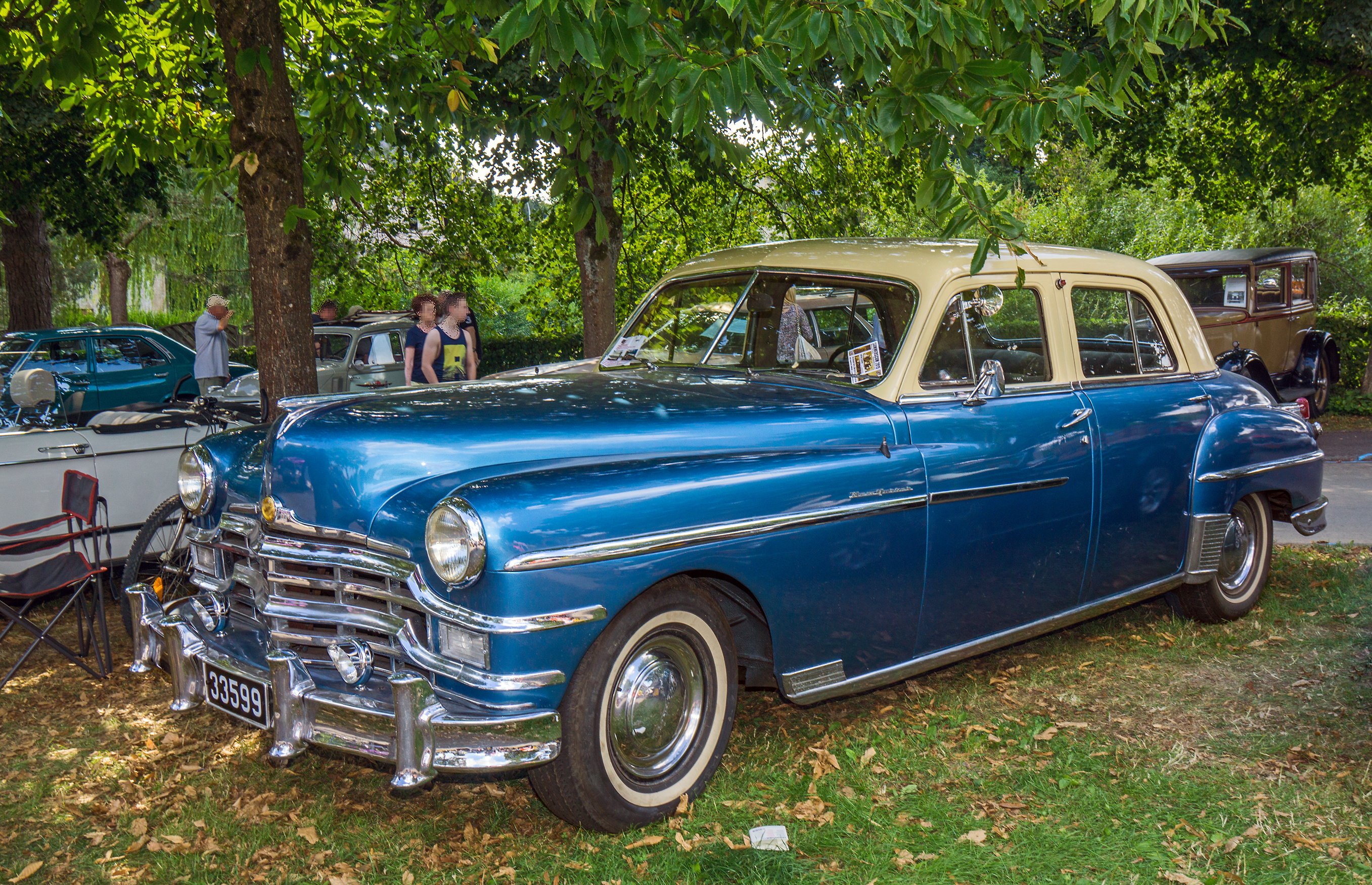
Hunting down a genuine 1950s car can feel like a treasure hunt. Knowing what to look for is key to making a smart purchase. Here are some straightforward tips to guide you through the process:
1. Research the Model
- Understand Specifications: Before you start your search, dive into the specifics of the model you’re interested in.
- Identify Common Issues: Learn about common issues and production numbers.
- Utilize Resources: Websites like the Classic Car Club of America offer detailed histories and specifications that can be incredibly useful.
2. Check the VIN
- Locate the VIN: Every car has a Vehicle Identification Number (VIN). For cars from the 1950s, you can often find the VIN on the dashboard or near the windshield.
- Cross-Reference: Ensure its provenance matches any documentation (title or registration) from the seller.
- Inspect the VIN Plate: An original VIN plate should be intact and consistent with factory records.
3. Look for Original Parts
- Assess Authenticity: Authenticity is about more than just the shell; it’s also about what’s under the hood.
- Identify Original Components: Look for original engines, carburetors, and other mechanical components.
- Consider Resale Value: Aftermarket replacements might save you money upfront but can hurt you down the line with resale value.
4. Inspect for Rust
- Rust Check Areas: Rust is the enemy of any classic car. Inspect underneath for signs of rust on:
- Wheel wells
- Floors
- Frame
- Evaluate Severity: While surface rust can sometimes be remedied, severe rusting may indicate deeper structural issues that can be costly to repair.
5. Get a Professional Inspection
- Engage a Specialist: Once you've narrowed down your choices, consider having a mechanic who specializes in vintage cars take a look.
- Spot Potential Issues: They can identify problems you might miss, from structural concerns to engine issues.
- Save Yourself: A thorough inspection could save you from a bad investment.
6. Join Antique Car Clubs
- Network with Enthusiasts: Connecting with other classic car enthusiasts can open doors to finding genuine 1950s cars.
- Utilize Club Resources: Clubs often have exclusive listings, resources for sourcing parts, and networks of collectors.
- Learn from Experience: It’s a great way to gain knowledge from those with more experience in vintage vehicles.
7. Be Wary of Deals That Seem Too Good to Be True
- Trust Your Instincts: In the world of classic cars, if a deal seems too good to be true, it probably is.
- Stay Vigilant: Scammers often target unwary buyers, so check the legitimacy of the seller.
- Be Cautious of Speedy Offers: Always approach high-speed offers with caution.
Whether you’re after a full restoration project or a well-preserved beauty, following these tips can help you find a genuine 1950s car that fits your passion and budget.
Happy Hunting! 🚗
Conclusion
In exploring the best American cars from the 1950s, we've taken a ride through not just vehicles, but cultural icons. From the stylish and soulful Chevrolet Bel Air to the luxurious Cadillac Eldorado, each car represented the spirit of its time—innovation, freedom, and a touch of glamor. The beauty of these classics lies in their timeless appeal, and while they may feel like relics of the past, their legacy remains very much alive today. Enthusiasts continue to cherish these vintage gems, and collectors hunt for them like treasure, ensuring their stories live on. Whether parked in a garage or cruising down a sunny boulevard, the cars of the 1950s encapsulate a golden era of American automotive design, sparking joy and nostalgia in anyone fortunate enough to experience them.
You May Also Like
These Related Stories
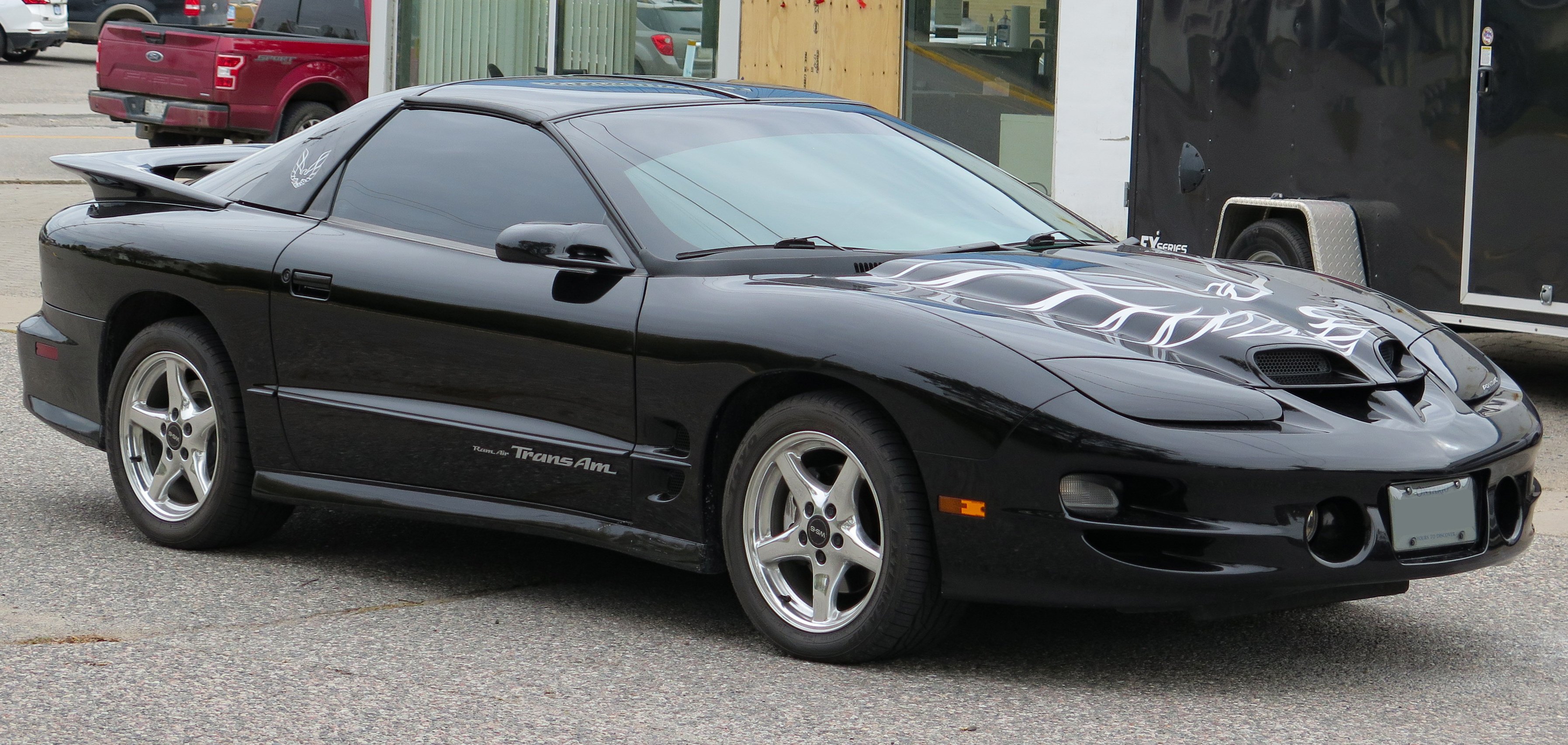
Best 1990s American Muscle Cars to Import: 30-Year Rule Classics
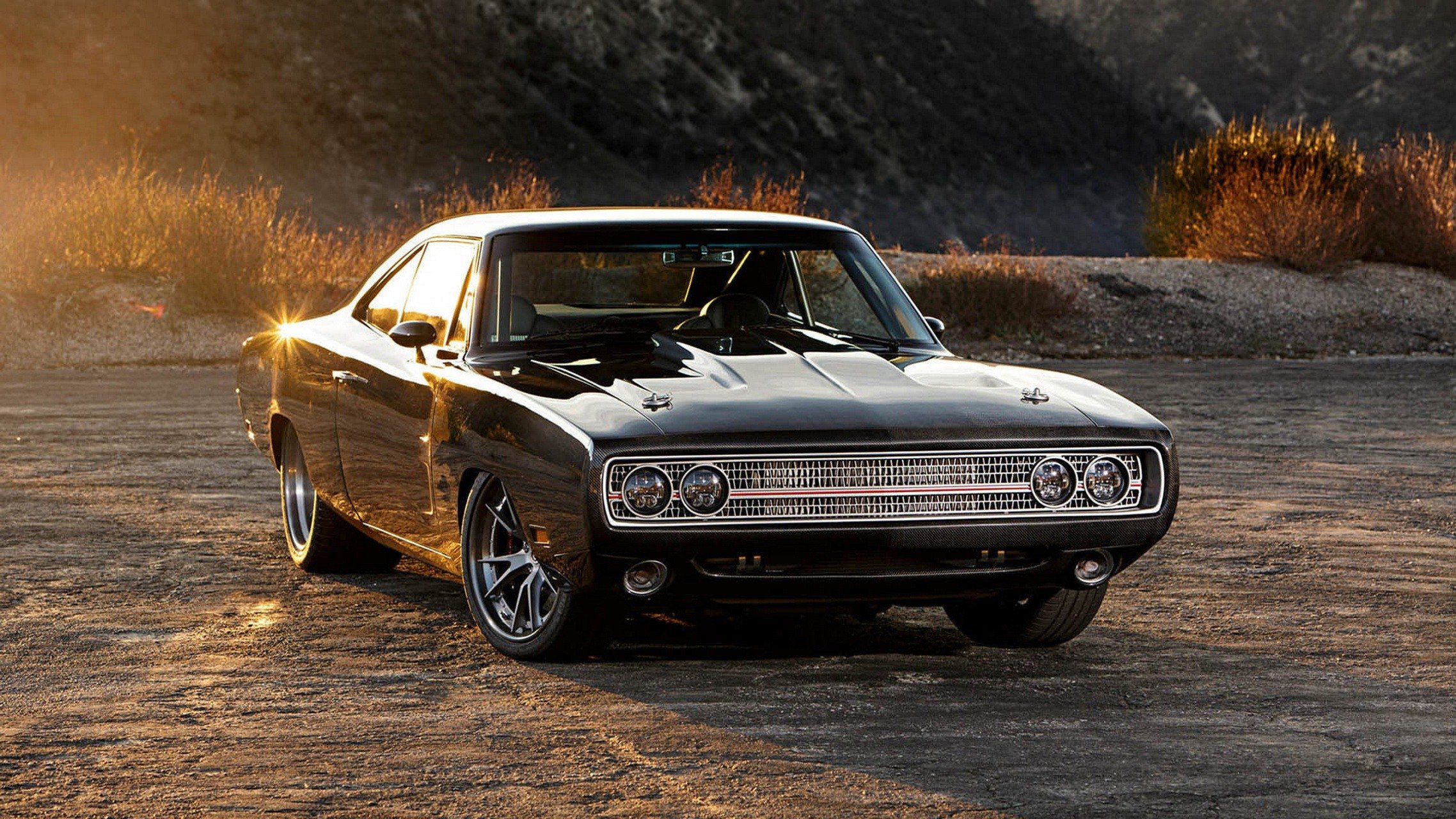
The 6 Best 1970s Cars: Why They're Special, Car Values & Where to Buy
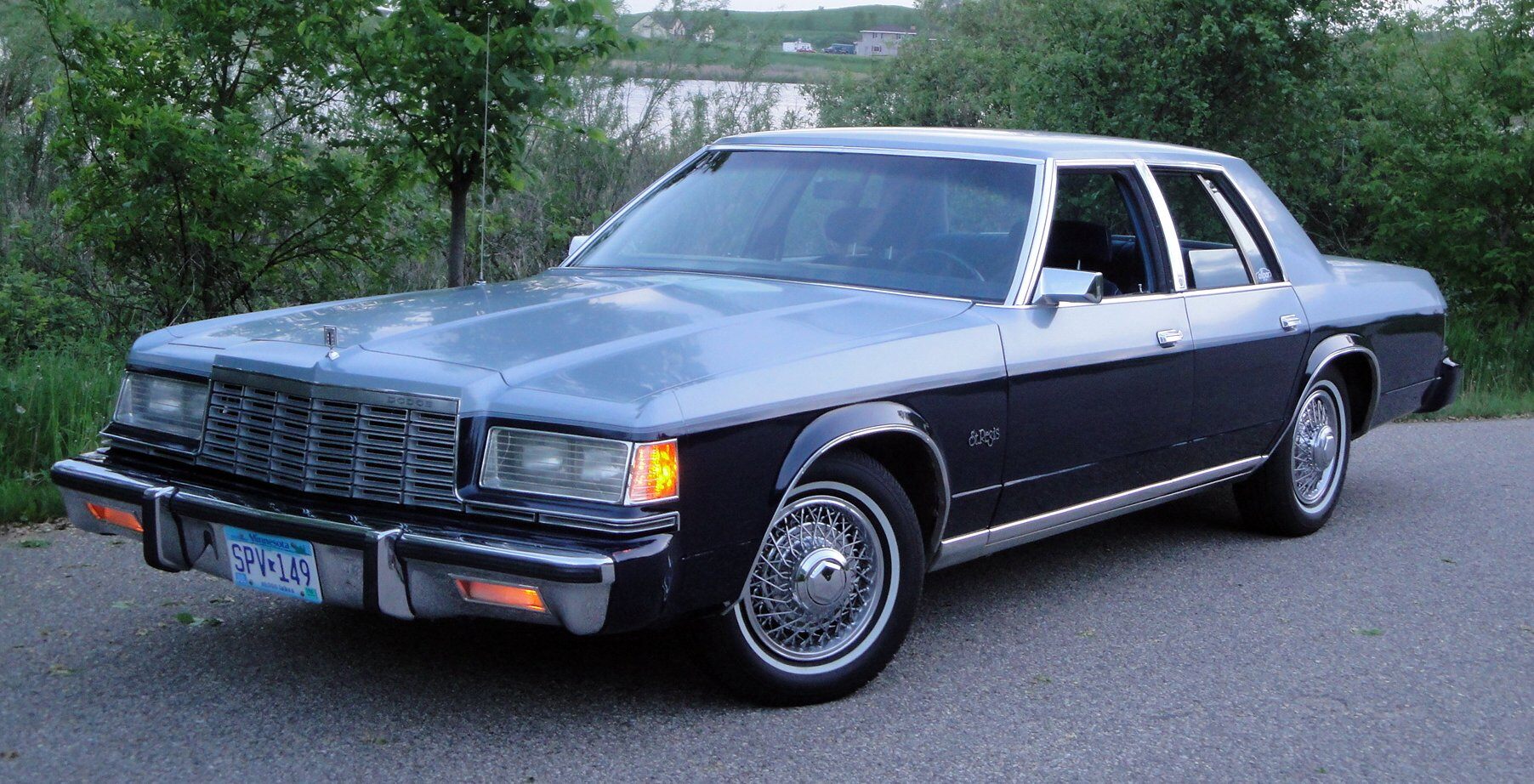
-093789-edited.png?width=220&height=79&name=wcs_final_logo_(1)-093789-edited.png)
